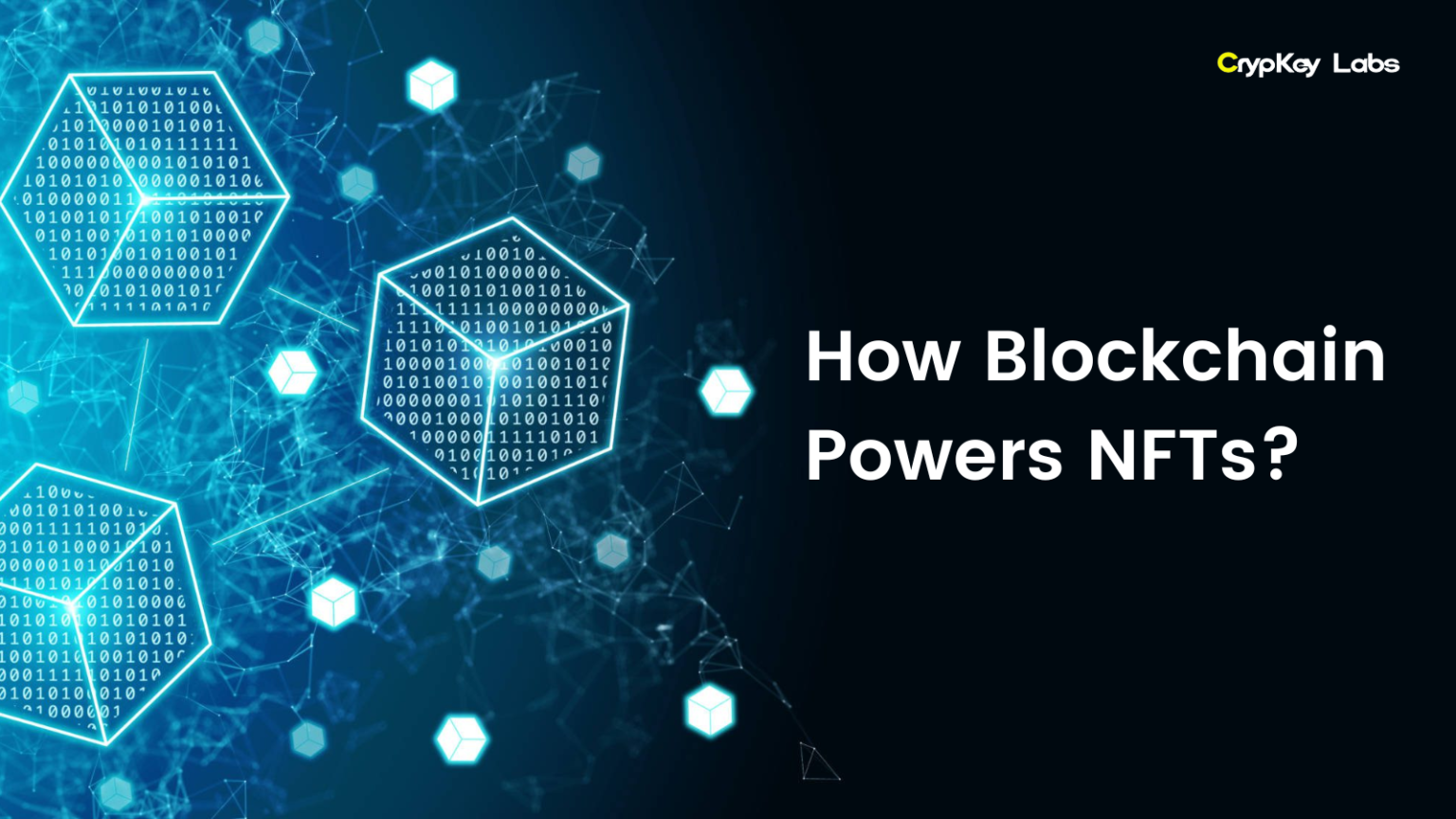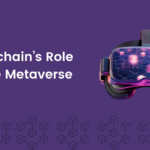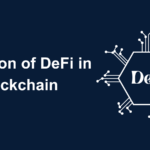In the world of digital innovation, one concept has made waves across industries like art, gaming, and even real estate: Non-Fungible Tokens, or NFTs. These unique digital assets have transformed the way we think about ownership in the digital age, from collectibles and artwork to in-game assets and even music. Behind the success of NFTs lies blockchain technology—a decentralized system that ensures authenticity, transparency, and security.
In this blog, we’ll explore the fascinating world of NFTs, how they work, and the powerful role that blockchain plays in creating and sustaining these digital collectibles.
What Are NFTs?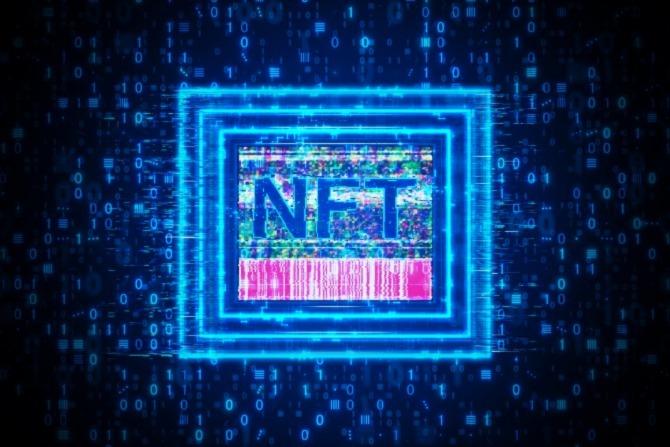
At its core, an NFT (Non-Fungible Token) is a digital asset that represents ownership or proof of authenticity of a unique item or piece of content. Unlike cryptocurrencies like Bitcoin or Ethereum, which are fungible (interchangeable with each other), NFTs are non-fungible, meaning they are one-of-a-kind and cannot be replaced or exchanged on a one-to-one basis.
NFTs can represent a wide range of assets, including:
- Digital Art: Artists can create and sell unique pieces of digital art, which can be verified as original through blockchain.
- Music: Musicians can tokenize their songs and albums, allowing fans to own exclusive editions.
- Virtual Real Estate: In the metaverse, virtual land and properties can be bought and sold as NFTs.
- Collectibles: Items like trading cards or virtual pets in online games can be tokenized as unique digital collectibles.
Difference Between Fungible and Non-Fungible Assets
To understand NFTs, it’s essential to grasp the concept of fungibility. A fungible asset, like a dollar bill or a Bitcoin, can be exchanged for another of the same type and value. For example, if I give you one Bitcoin and receive another Bitcoin in return, I’ve lost nothing because each unit is identical and holds the same value.
Non-fungible assets, on the other hand, are unique. If you own a specific digital artwork or rare collectible, that item has intrinsic value because there is no exact replica. Its uniqueness is what gives it value—much like a rare physical painting or a limited-edition collectible.
How Blockchain Powers NFTs
Blockchain is the backbone technology behind NFTs, and it’s what makes these digital assets secure, verifiable, and, importantly, immutable (unchangeable once recorded). To understand how NFTs work, it’s important to first understand blockchain technology and why it’s so crucial to the NFT ecosystem.
What is Blockchain?
Blockchain is a decentralized digital ledger that records transactions across a network of computers. Each transaction is stored in a block, and once a block is filled with data, it is linked or chained to the previous block, hence the name blockchain. This creates an unbroken chain of transactions, which are publicly accessible and verifiable by anyone on the network.
The key features of blockchain include:
- Decentralization: No single entity controls the blockchain, ensuring that transactions are secure and free from tampering.
- Transparency: Transactions are publicly visible and can be traced back to their origin.
- Security: Data recorded on the blockchain is virtually tamper-proof, as altering it would require consensus from the majority of the network.
NFTs on the Blockchain
NFTs are minted (created) and recorded on a blockchain, usually Ethereum, although there are other networks like Solana and Binance Smart Chain that also support NFTs. When an artist, for example, creates an NFT, they are minting a digital certificate of ownership that is stored on the blockchain. This certificate can then be sold or traded in an NFT marketplace, where its ownership and authenticity can be verified by anyone.
Smart Contracts: The Driving Force Behind NFTs
Smart contracts are self-executing contracts with the terms of the agreement directly written into code. These contracts automatically verify and enforce the conditions of a transaction. For NFTs, smart contracts ensure that the digital asset is transferred to the buyer once payment is made and that the original creator continues to receive royalties from any future sales. This ability to automate complex transactions without intermediaries is a key feature of NFTs, made possible by blockchain technology.
Why NFTs Are Valuable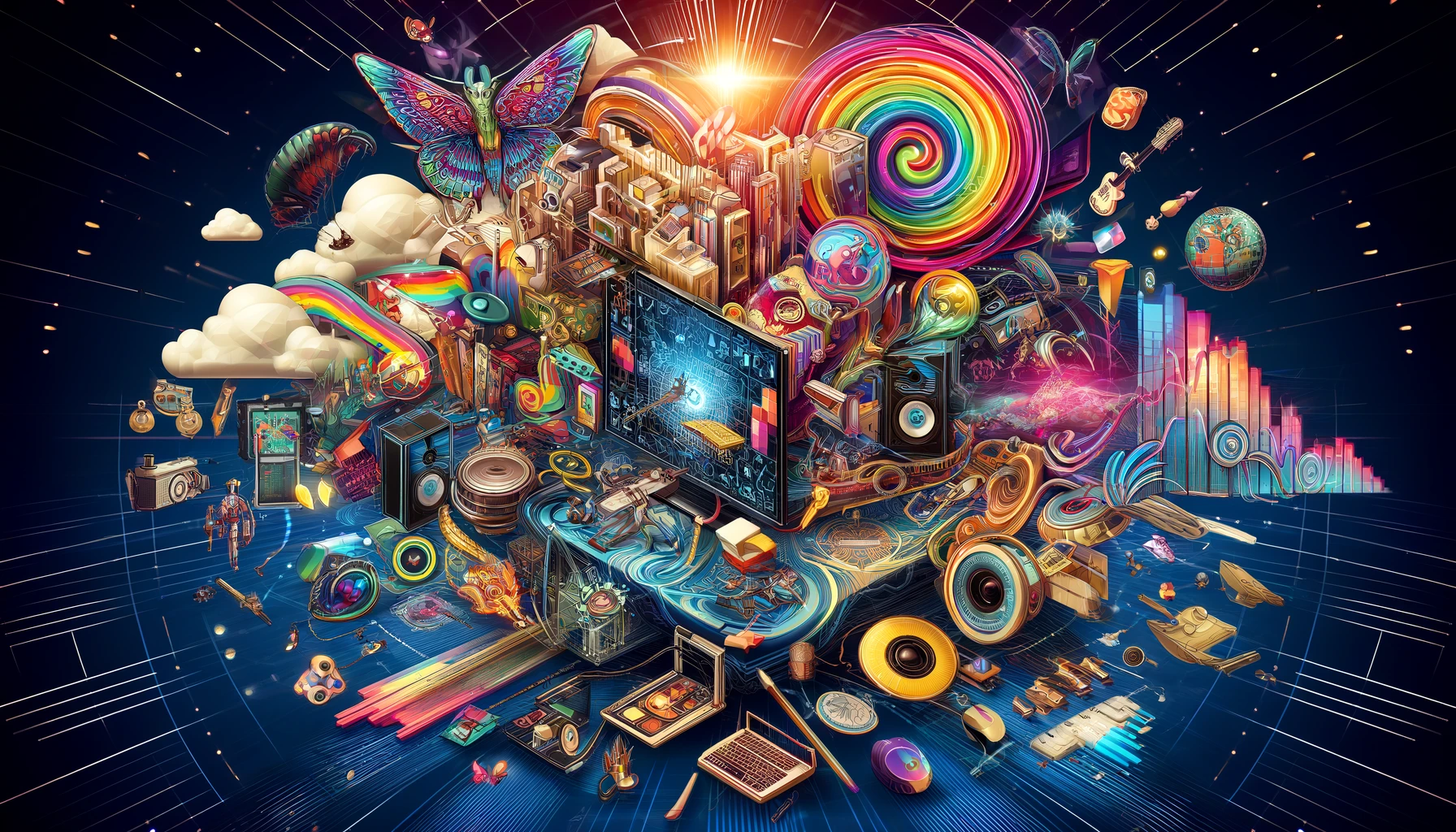
NFTs derive their value from several key factors: scarcity, ownership, and verifiable authenticity. Let’s explore these concepts further.
Scarcity and Uniqueness
Just as physical collectibles (like a rare baseball card or a signed art print) gain value due to their scarcity, NFTs are valuable because they are inherently unique. The blockchain ensures that only a limited number of copies of an asset can be created, making digital scarcity possible. When an artist mints an NFT, they can limit the number of copies that can exist, or even create a single, unique edition, driving up its value.
Ownership and Provenance
One of the most revolutionary aspects of NFTs is the ability to prove ownership of a digital asset. With traditional digital media, files like images, videos, or music can be copied endlessly without any way to verify who owns the original. NFTs solve this issue by linking ownership to the blockchain, where a record of the asset’s creation and transaction history is publicly available and cannot be altered. This ensures that when you get an NFT, you are purchasing the original version of that asset, with proof that it belongs to you.
Verifiable Authenticity
Blockchain’s immutability means that every NFT can be traced back to its creator, ensuring its authenticity. This is particularly important for digital artists, who have long struggled with issues of plagiarism and unauthorized reproduction of their work. With NFTs, buyers can be confident they are purchasing an original, authenticated piece of art or collectible.
Examples of High-Value NFT Sales
- Beeple’s “Everydays: The First 5000 Days” sold for $69 million, one of the most famous NFT sales in history.
- CryptoPunks, one of the earliest NFT collections, regularly sell for millions, with some rare punks fetching over $10 million each.
Real-World Applications of NFTs
While NFTs initially gained popularity in the art and collectibles space, they have since expanded into various industries, creating new opportunities for businesses and individuals alike. Here are some of the key use cases of NFTs:
Digital Art
NFTs have revolutionized the digital art world by providing a way for artists to tokenize their work and sell it directly to collectors. This removes the need for galleries or middlemen, allowing creators to retain more control over their work and earn a higher profit. NFTs also ensure that artists continue to receive royalties whenever their artwork is resold.
Music and Entertainment
Musicians are also beginning to explore NFTs as a way to monetize their work. By releasing albums or songs as NFTs, artists can sell exclusive versions to fans, creating a new revenue stream. For instance, artists like Kings of Leon have released albums as NFTs, offering fans special perks like limited-edition vinyl and concert tickets.
Gaming
In the gaming industry, NFTs are being used to tokenize in-game assets, such as characters, weapons, or skins, which players can get, sell, and trade across different games. Platforms like Axie Infinity allow players to own and trade their digital pets (Axies) as NFTs, giving them real-world value.
Real Estate
Virtual real estate is becoming a growing sector for NFTs. In virtual worlds like Decentraland and The Sandbox, users can purchase plots of virtual land as NFTs and build their own digital environments. These virtual properties can then be rented or sold, much like physical real estate.
Challenges and Criticisms of NFTs
Despite their rapid growth, NFTs are not without controversy. Some of the key challenges and criticisms of NFTs include:
Environmental Impact
Many NFTs are built on blockchain networks that rely on Proof of Work (PoW) consensus mechanisms, which require vast amounts of computational power and energy. The environmental impact of minting and trading NFTs has raised concerns, leading to a push for more sustainable alternatives like Proof of Stake (PoS) blockchains, which consume far less energy.
Speculation and Market Volatility
NFT markets are often criticized for being highly speculative, with prices for certain assets soaring to astronomical levels without any clear justification. This volatility has led some critics to question whether the NFT market is a bubble that could eventually burst, leaving buyers with worthless digital assets.
Copyright and Ownership Issues
The question of ownership and intellectual property rights remains a contentious issue in the NFT space. While the blockchain can prove ownership of the NFT itself, it does not always grant rights to the underlying asset (such as the content or artwork). This has led to confusion and disputes over what buyers are actually purchasing when they get an NFT.
The Future of NFTs and Blockchain
The future of NFTs looks promising, especially as blockchain technology continues to evolve. New developments like Layer 2 solutions and Proof of Stake blockchains will address some of the current challenges, such as scalability and environmental impact.
NFTs are also likely to expand into more industries beyond art and entertainment. Fashion, sports, and real-world asset tokenization are already beginning to adopt NFTs, offering new possibilities for ownership and digital experiences.
As blockchain technology matures, we can expect NFTs to play an increasingly important role in shaping the future of digital economies, transforming everything from how we own assets to how we interact in virtual worlds.
Conclusion
NFTs have opened up a world of possibilities for creators, collectors, and businesses. By leveraging the power of blockchain, NFTs ensure that digital assets are secure, unique, and verifiable, giving them value in a way that was previously impossible.
As blockchain technology continues to evolve, so too will the potential applications of NFTs. From art and gaming to real estate and beyond, NFTs are shaping the future of digital ownership, offering a glimpse into how we might interact with assets in the years to come. Whether you’re an artist looking to monetize your work, a collector seeking unique digital items, or an investor exploring the NFT space, understanding how blockchain powers these digital collectibles is key to navigating this exciting new frontier.

